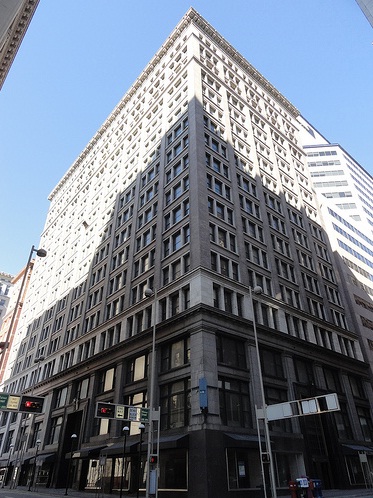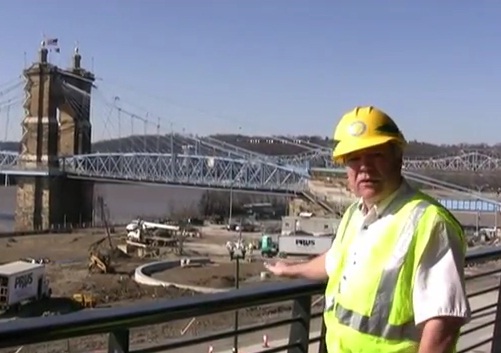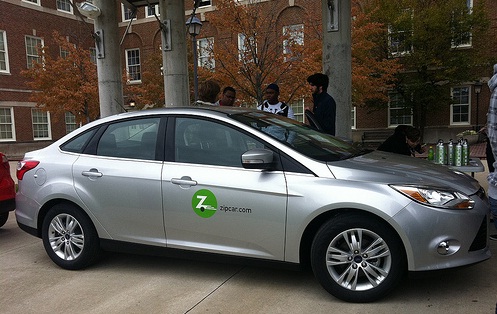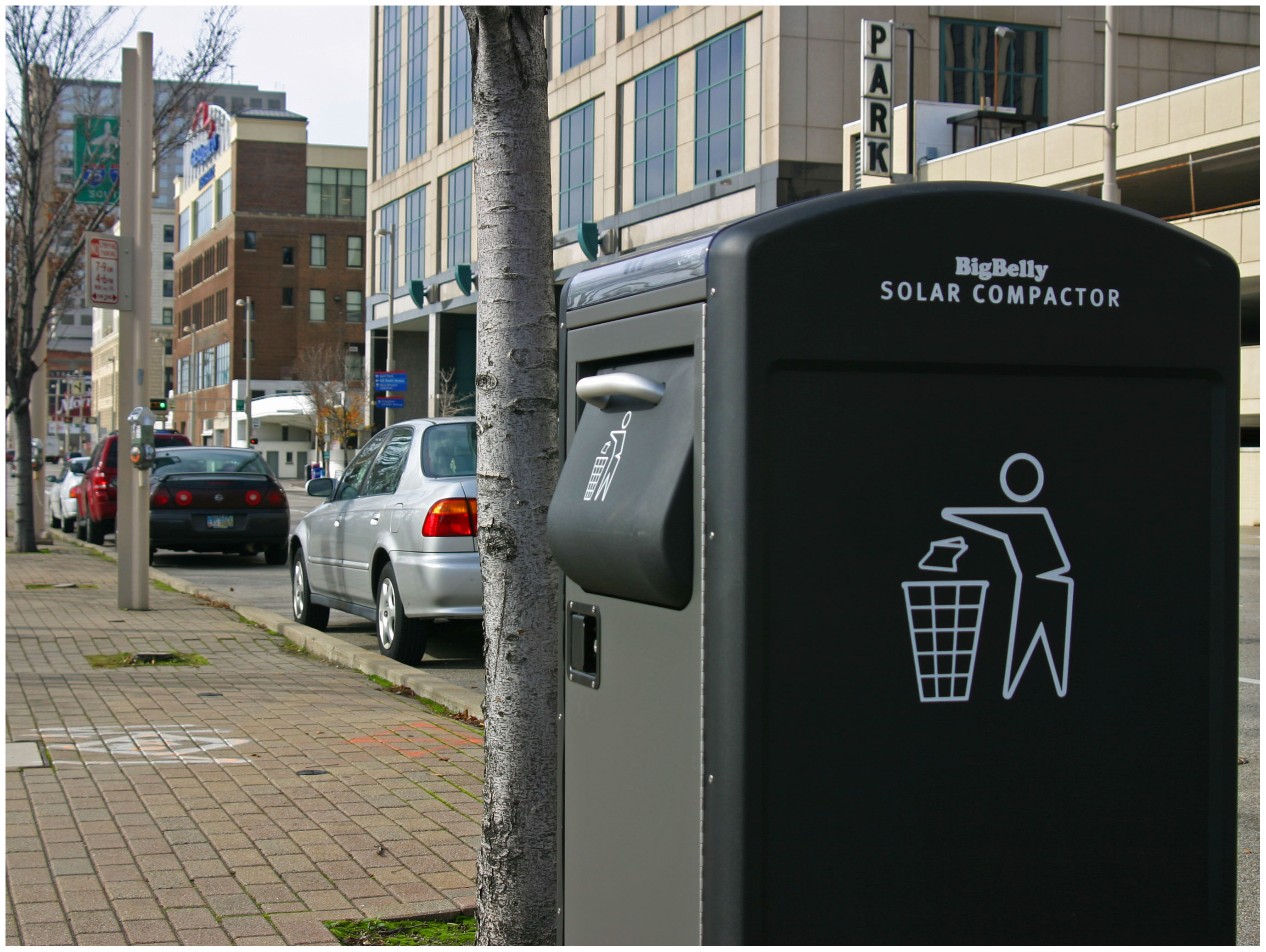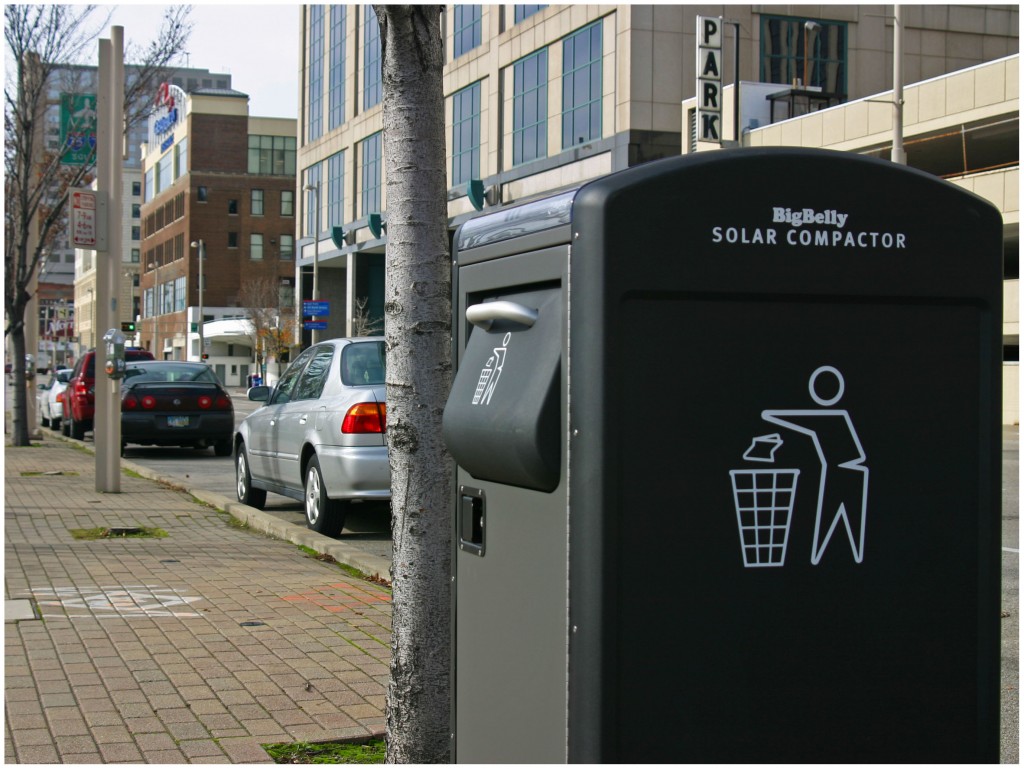Developers are in the process of transforming the 85-year-old Federal Reserve Tower at Fourth and Race into 88 apartments after serving as an office structure for its entire life. The process is one being undertaken in old cities all across the United States – transforming old office buildings into unique residences.
In addition to the Federal Reserve Tower, the 86-year-old Enquirer Building on Vine Street has also had an apartment conversion planned. In the wake of the opening of the Great American Tower at Queen City Square, there appears to be many more candidates ripe for such conversion.

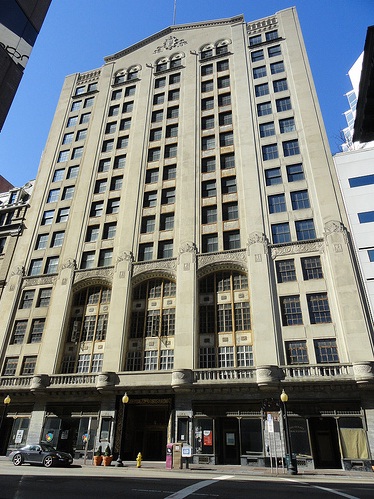
The Federal Reserve Tower [LEFT] is currently being transformed into 88 apartments, while the Enquirer Building [RIGHT] awaits new financing. Photographs by Thadd Fiala for UrbanCincy.
“Residential is a great use for older buildings as opposed to office uses,” said David Ginsburg, President and CEO of Downtown Cincinnati Inc. (DCI). “Older buildings provide a sense of place, history and elegance, and they lend themselves to mixed uses with retail on the first floor.”
In addition to the romantic appeal, Ginsburg also says that the economics make a lot of sense with apartment occupancy rates consistently above 90 percent, and some cases of waiting lists throughout the Central Business District, Over-the-Rhine and at The Banks.
Additional housing downtown, community leaders say, is important because those residents are customers for the restaurants and retail stores outside of normal office hours. Ginsburg adds that those city dwellers also provide a level of density that helps promote the perception and reality of a safe urban core.
According to DCI officials, developers have expressed interest in converting additional historic office towers into residences, but declined to comment as to which structures or which developers are expressing interest.
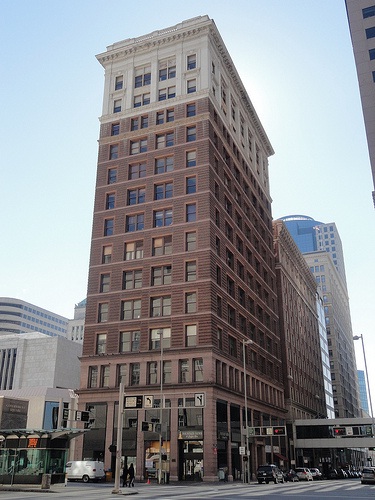

The historic Tri-State Building [LEFT] and Bartlett Building [RIGHT] sit underutilized and offer large amounts of potential residential space in the heart of the CBD. Photographs by Thadd Fiala for UrbanCincy.
In October 2010, UrbanCincy identified two historic office towers, in addition to the Enquirer Building and Federal Reserve Tower, which appear to be perfect candidates to be transformed into residential apartments.
1. Tri-State Building (Fifth & Walnut); 109 years old
2. Bartlett Building (Fourth & Walnut); 111 years old
Ginsburg concluded by stating that living downtown is the sustainable choice for the more than 12,000 current residents, and any future people considering the area for their next home.
“Given the high cost of gasoline, the density of downtown is helpful,” Ginsburg concluded. “Trips are shorter and walking and bicycling become more prevalent. As public transportation evolves, there will be less need for cars, especially multi-car households, which will help the economy and the ecology.”
